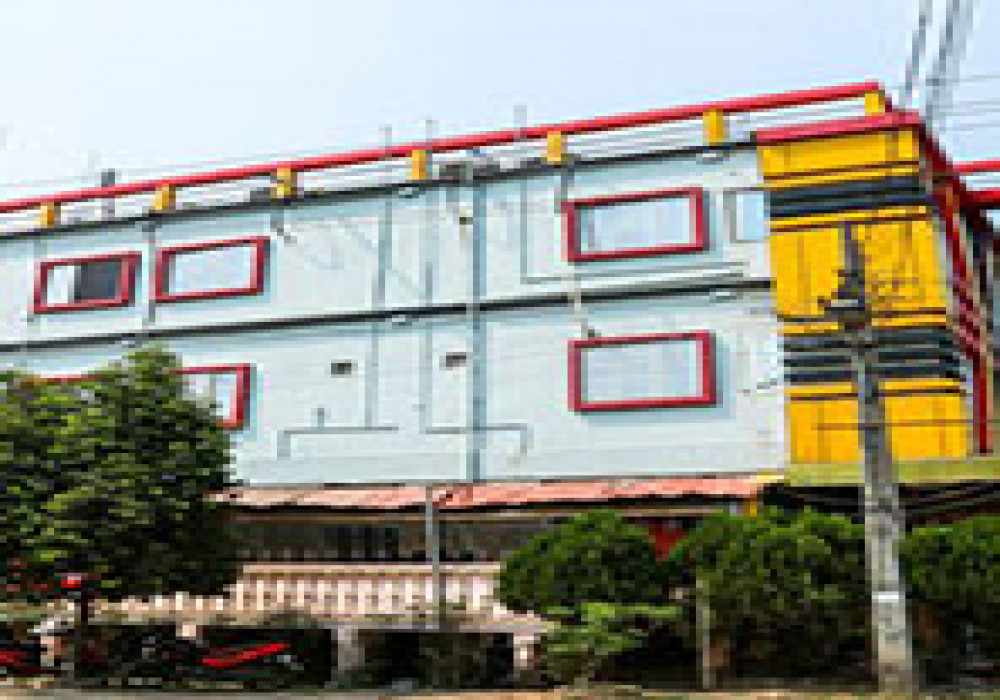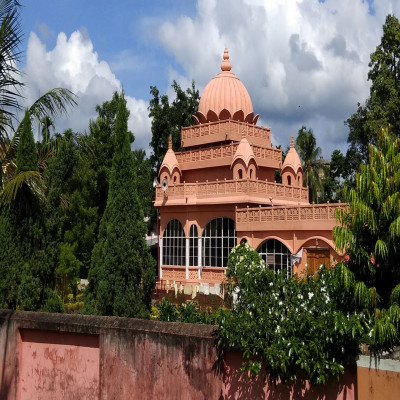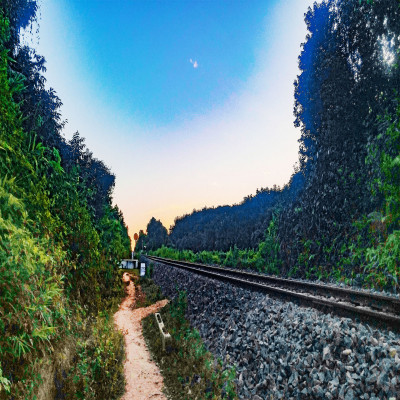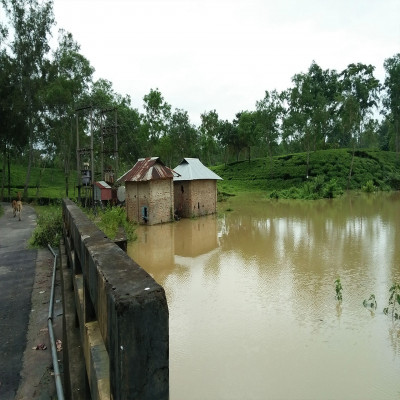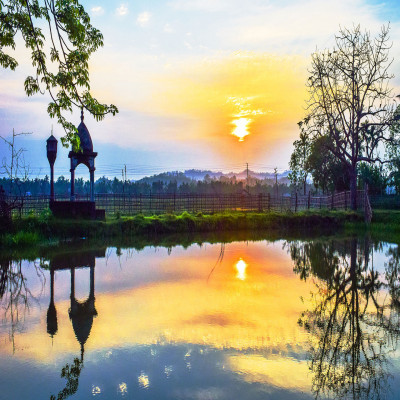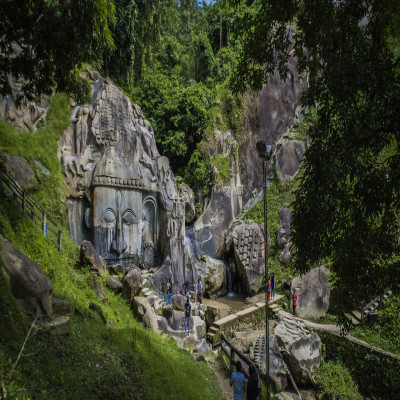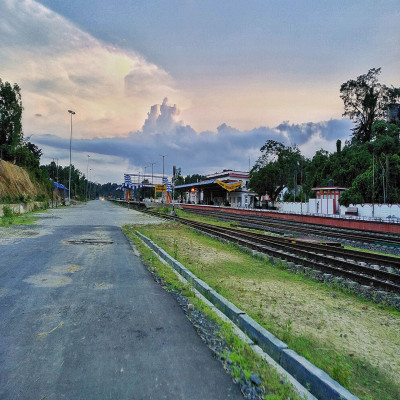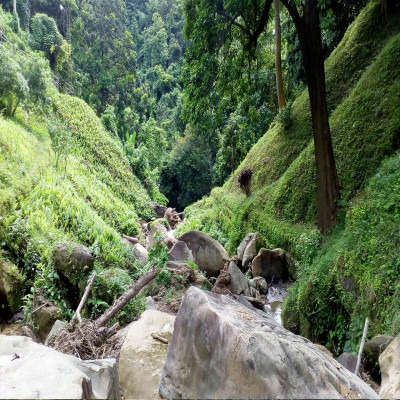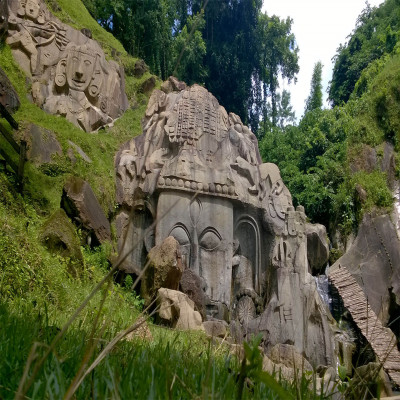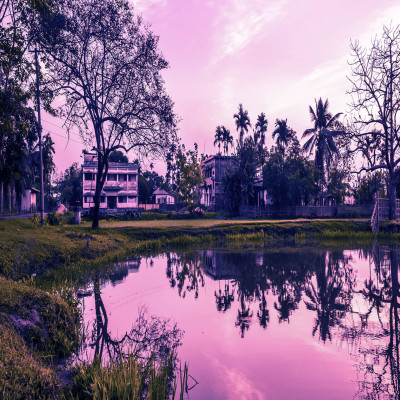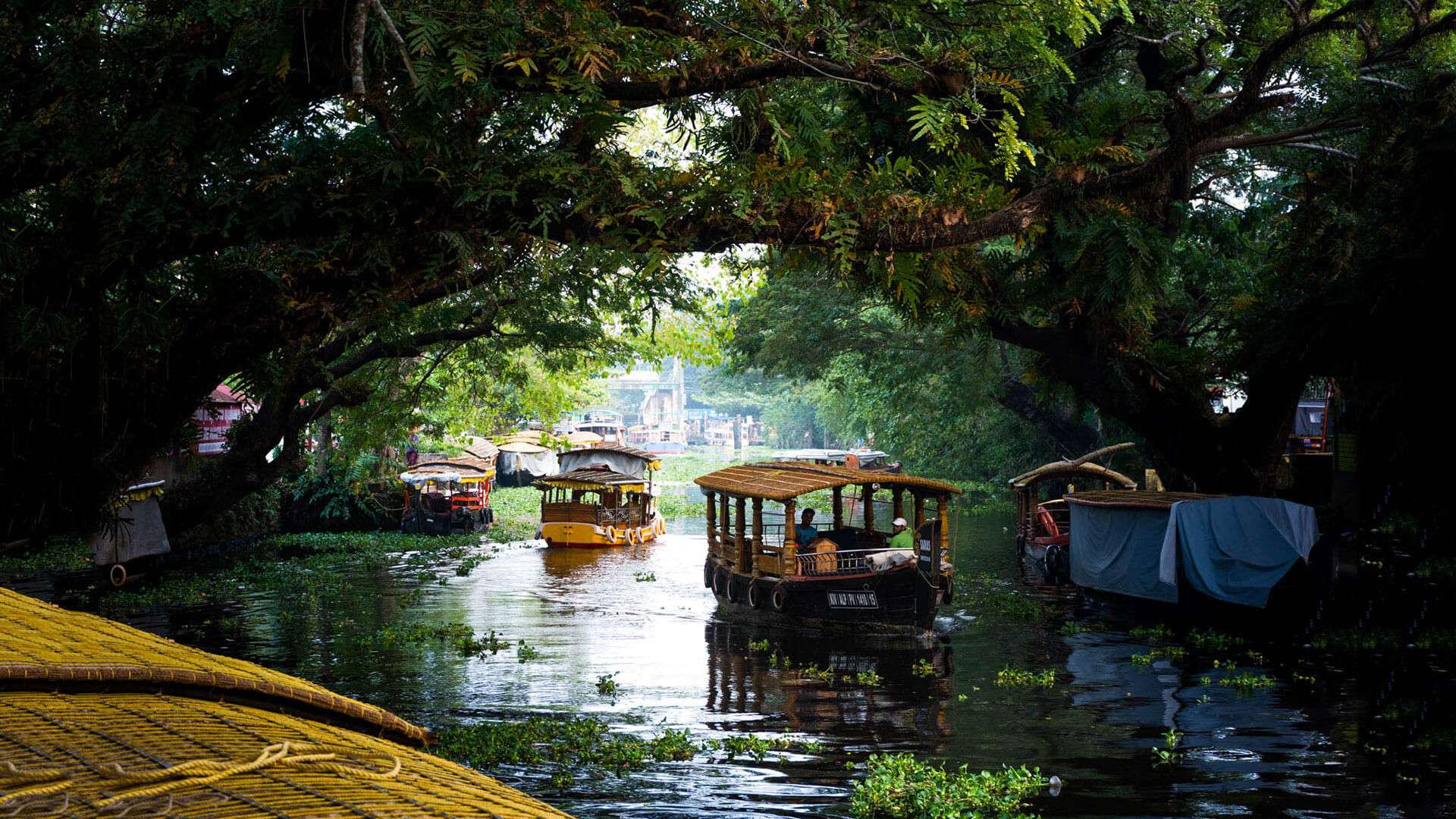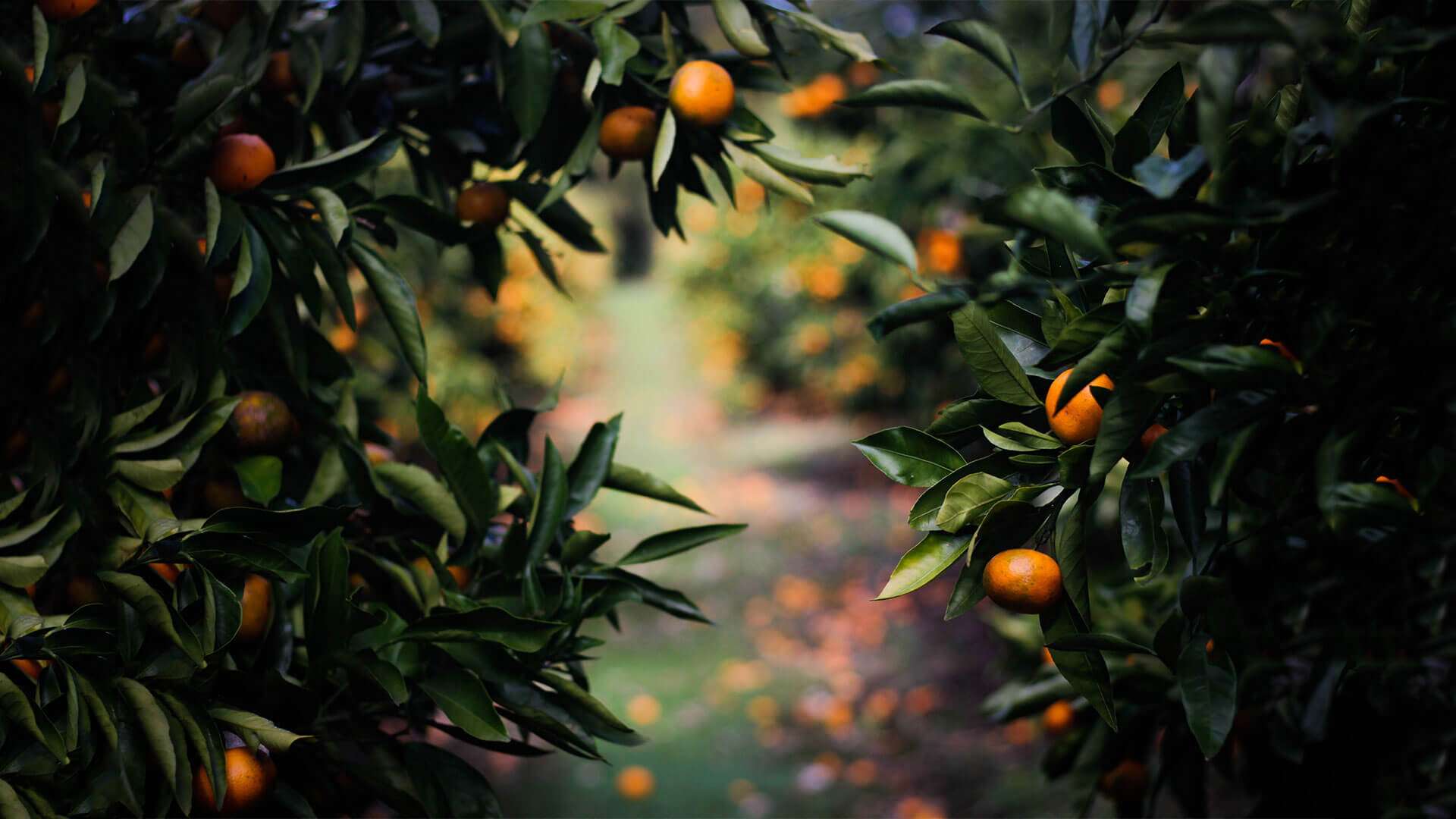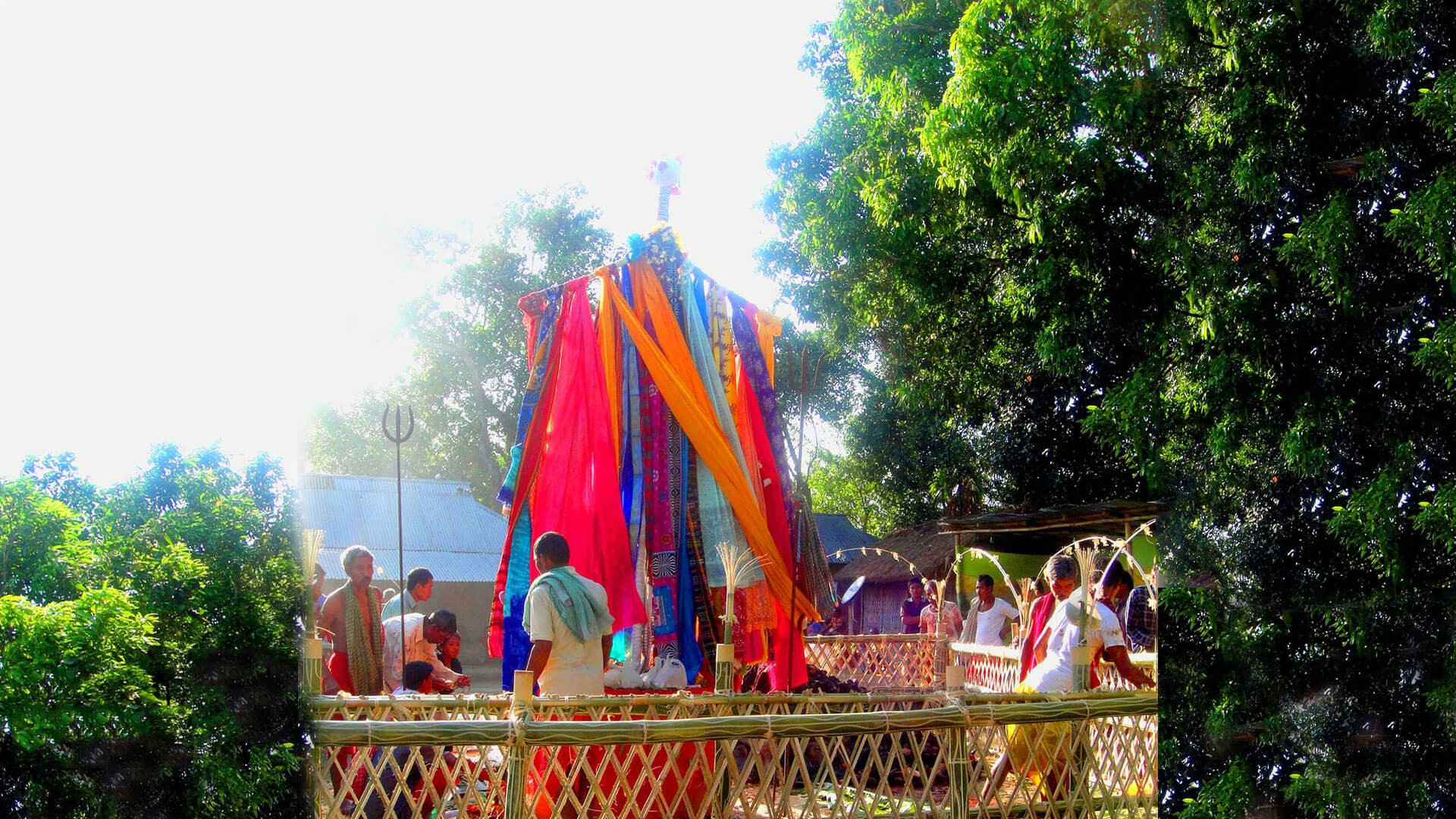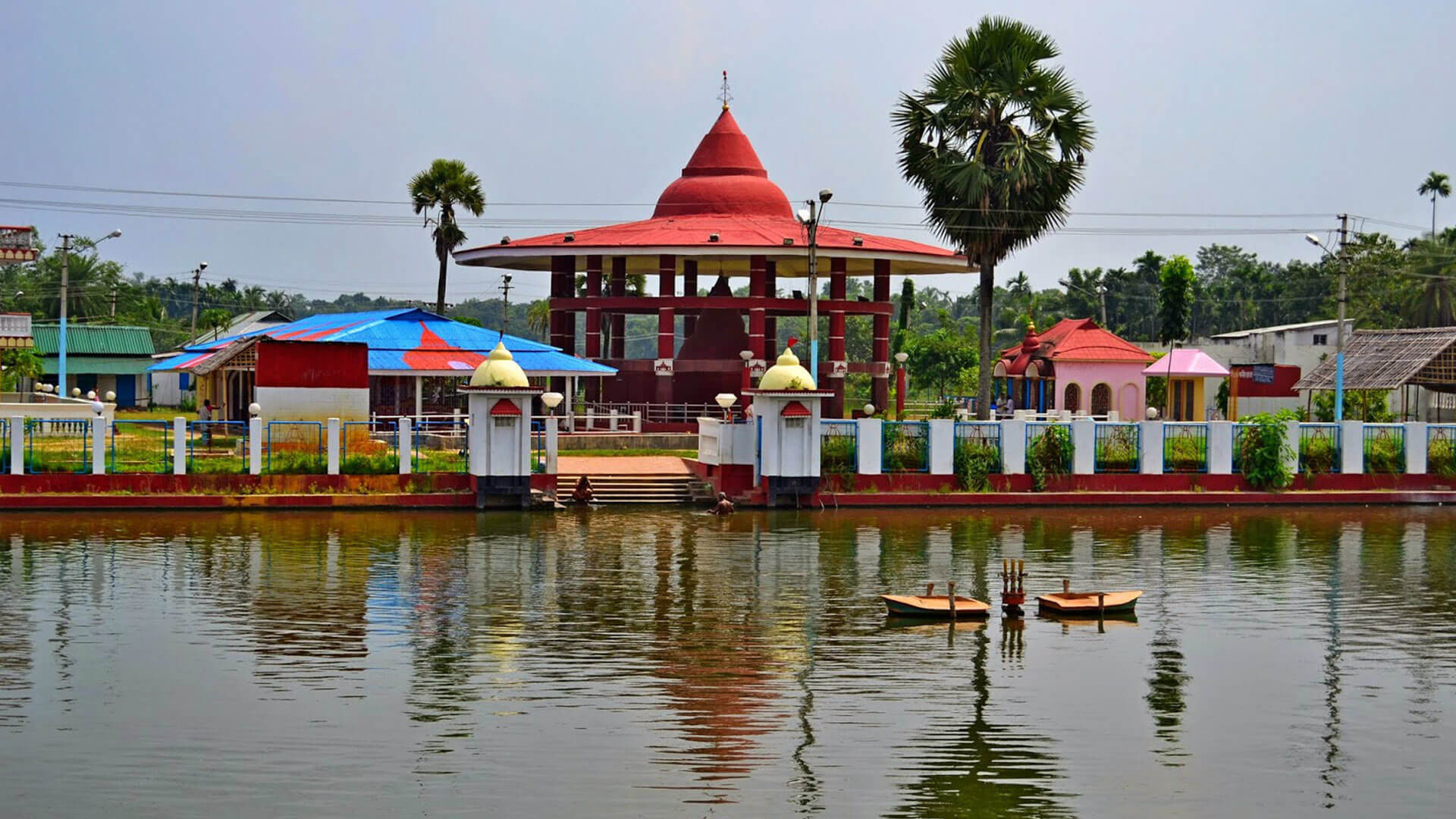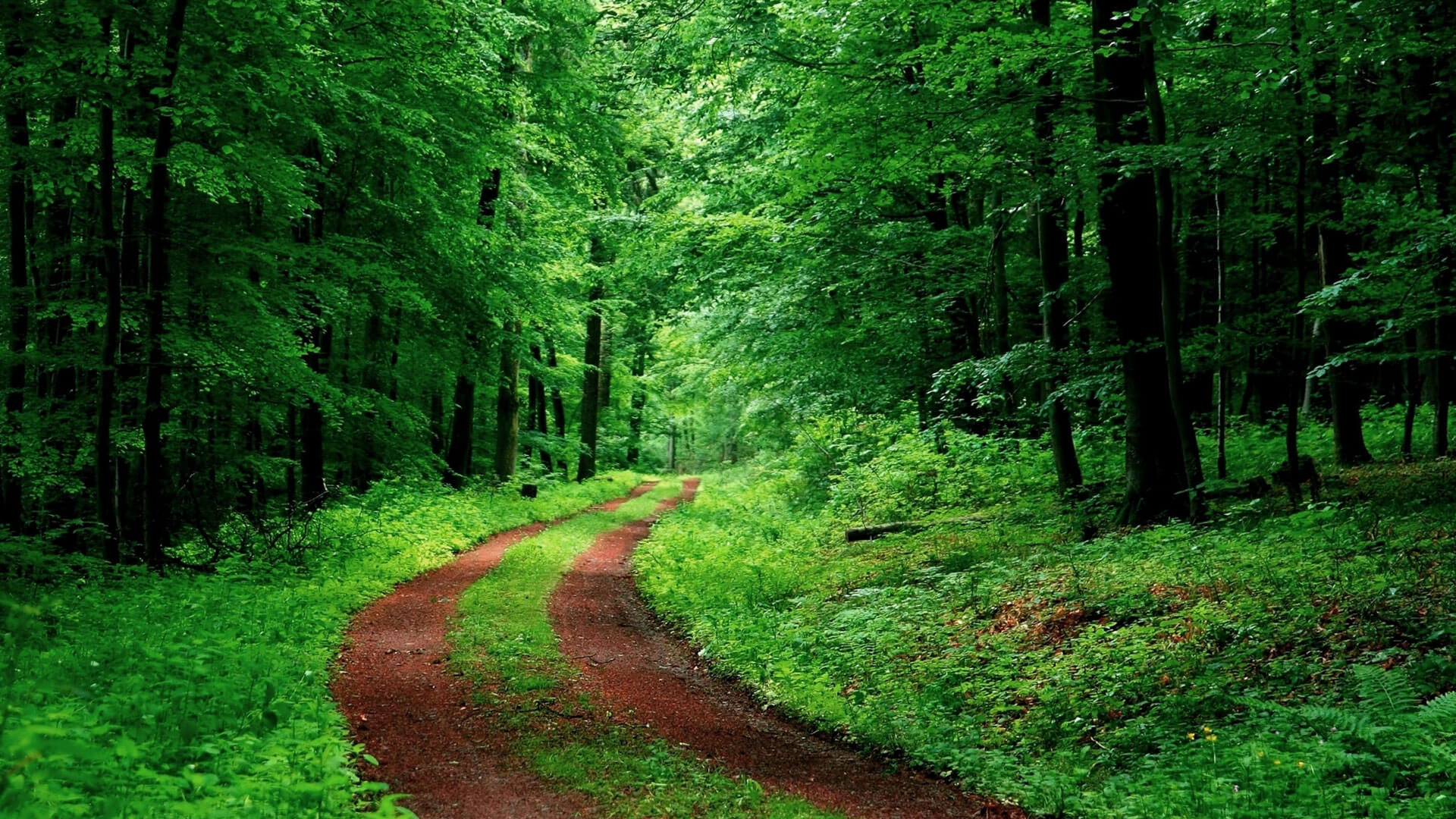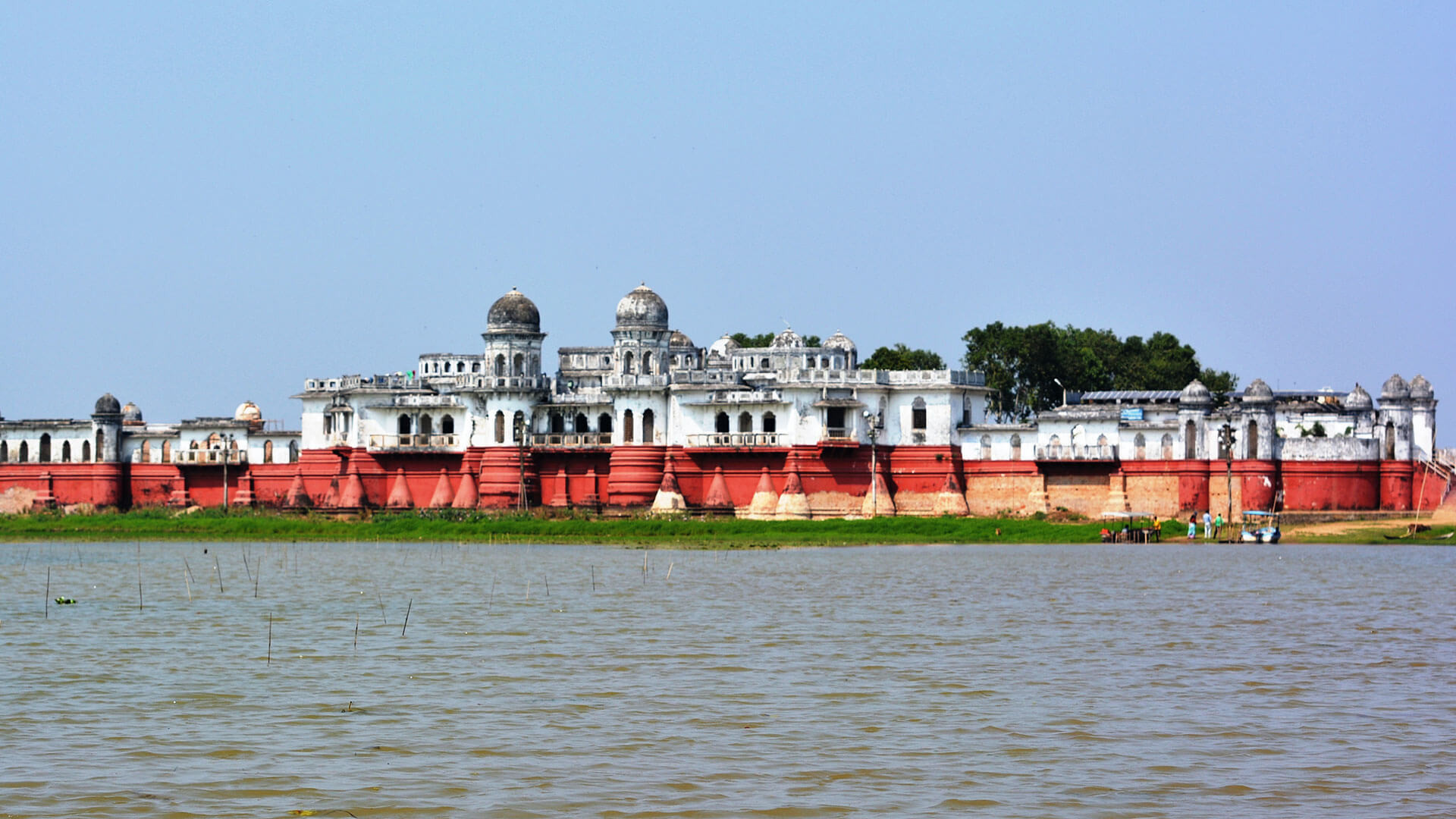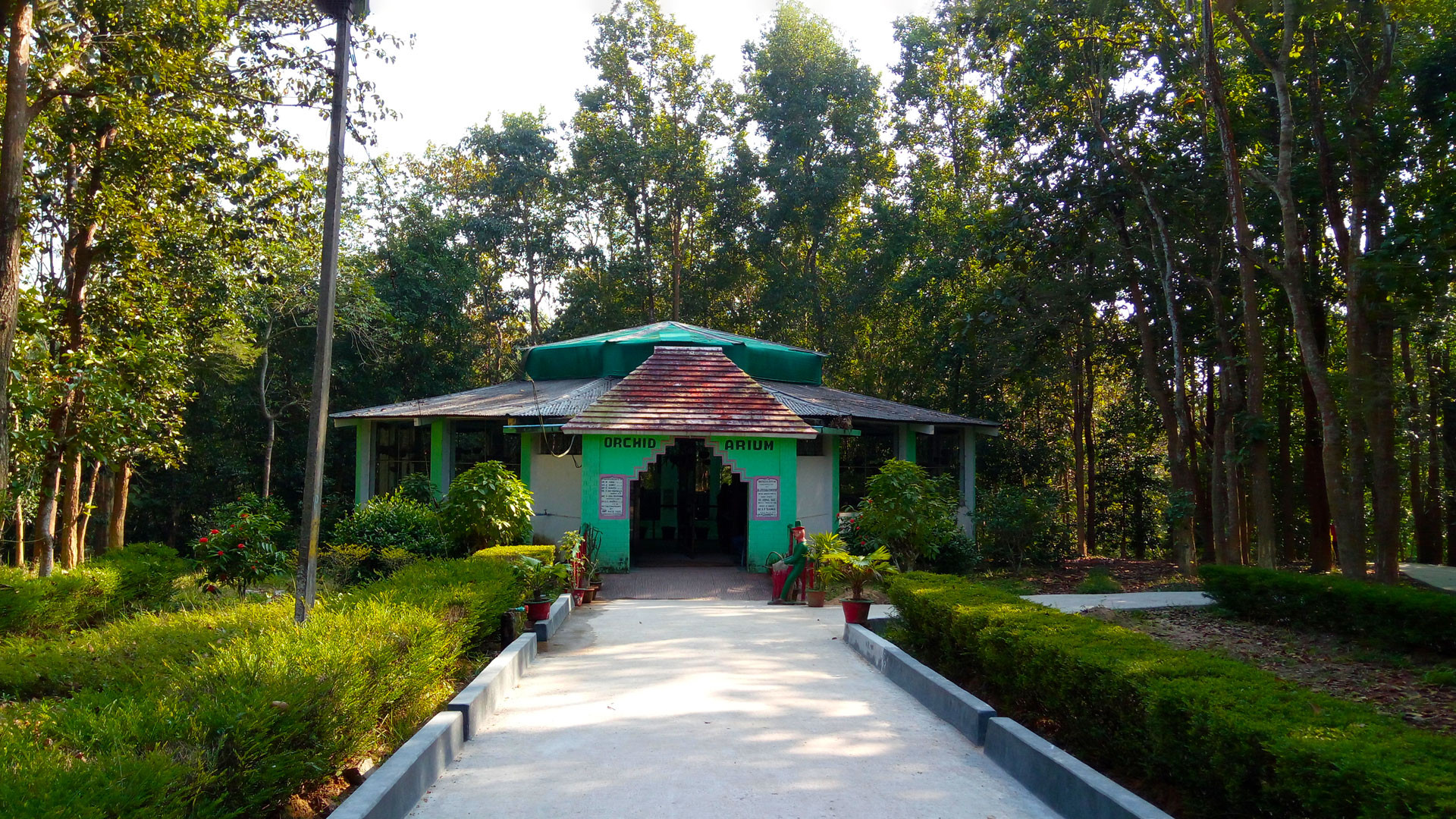Unakoti – The Ancient Rock-Cut Marvel of Tripura
Unakoti, located in the green hills of Tripura, is an amazing historical site that combines nature with ancient art. Often called the "Angkor Wat of the Northeast," Unakoti is well-known for its beautiful rock carvings and sculptures, making it one of India’s hidden treasures. The name "Unakoti" translates to "one less than a crore" (10 million), and according to local legend, this number refers to the almost mythical count of rock figures scattered across the site. It’s said that Lord Shiva once rested here with 99,99,999 other deities, turning them into stone when they failed to wake up at dawn.
What makes Unakoti truly fascinating is its sheer scale and the devotion with which it was created. The site's crown jewel is a 30-foot-tall sculpture of Lord Shiva, known as Unakotiswara Kal Bhairava. Surrounded by intricate carvings of other Hindu deities, including Ganesha and Durga, the entire landscape is a spiritual experience carved into the mountain itself. Dating back to the 7th to 9th centuries, Unakoti’s rock art represents a unique fusion of tribal art and Hindu mythology.
Though still off the beaten tourist path, Unakoti offers an unparalleled adventure for history buffs, art lovers, and travelers alike. With its deep-rooted legends, massive sculptures, and stunning surroundings, a visit to Unakoti is like stepping back in time to a world of ancient gods and mystical stories.
History of Unakoti
Historically speaking, Unakoti has always been a sacred spot for the local Tibeto-Burmese tribals. And there have been several legends associated with this region time and again.
One such story claims that the sculptures were made by a local mason as he wanted to please Lord Shiva along with his divine consort Maa Parvati. And it was to please Lord Shiva, that the mason pledged to make 10 million images of Lord Shiva within a span of a single night. This was an impossible feat for people, and many didn't believe that something like this could be pulled off.
However, on breaking dawn, the mason was still short of only one image failing in his feat, and hence this place was named Unakoti meaning one less than in a crore.
Major Attractions in and Around Unakoti
1. Unakotishwara Kal Bhairava (Giant Shiva Head)
The main highlight of Unakoti is the gigantic 30-foot-tall rock carving of Lord Shiva, known as Unakotiswara Kal Bhairava. This impressive sculpture is the centerpiece of the site and is surrounded by numerous other rock carvings of Hindu gods and goddesses.
2. Ganesha Figures
There are several rock-cut sculptures of Lord Ganesha at Unakoti. These carvings are distinct and are a part of the elaborate depiction of Hindu deities found at the site. Each figure is intricately detailed, showcasing the artistic skill of ancient sculptors.
3. Durga Statue
Another key attraction is the carving of Goddess Durga standing majestically atop a lion. This sculpture is part of the site's rich display of Hindu mythology and is one of the most eye-catching figures in Unakoti.
4. Rock-Carved Figures of Gods & Goddesses
- Includes carvings of Lord Vishnu, Goddess Durga, and Hanuman.
- Some figures are partially eroded but still showcase intricate details.
5. Shaivite Relics & Lingams
- Numerous Shiva Lingams are scattered across the site, emphasizing its Shaivite origins.
- Small shrines and meditation caves are also found in the area.
7. Giant Ganesha Sculpture
- One of the most striking images at the site.
- Features a massive elephant-headed deity carved into the rock.
8. Giant Ganesha Sculpture
- Unakoti is surrounded by lush greenery, adding to its mystical charm.
- Several small waterfalls enhance the scenic beauty and make for great photography spots.
6. Raghunandan Hill
Located near Unakoti, Raghunandan Hill is another scenic spot for visitors. It offers beautiful views of the surrounding landscape and is perfect for a quiet, nature-filled experience.
Things to Do in Unakoti
- Explore Ancient Rock Art & Sculptures
- Nature Walks & Photography
- Spiritual & Cultural Experience
- Hiking & Adventure
Best Time to Visit Unakoti
- October to March (Winter & Spring) – Pleasant weather for sightseeing and trekking.
- April (Ashokastami Festival) – A grand religious fair with thousands of devotees.
- June to September (Monsoon) – Lush greenery and flowing waterfalls, but travel can be difficult due to rain.
How to Reach Unakoti
Unakoti is undeniably one of the most unique travel getaways where you will be introduced to a completely new perspective on Indian heritage and culture. It is located at a distance of about 2,297, 3,143, 1,397, 3,345 km from Delhi, Mumbai, Kolkata, and Bengaluru respectively. Check out the details on how you can reach Unakoti using the following public transportation methods.
By Air
Kamalpur Airport and Agartala Airport are the nearest and best options to reach here by flight. However, Agartala Airport aka Maharaja Bir Bikram Airport (IXA) is more well connected with other Indian cities as compared to the former.
Managed by the Airport Authority of India, this one is also the second-largest airport in North India. The airport has great overall connectivity with other nearby regions. After getting off the airport, you will need to cover the remaining distance by some means of public transportation.
- From Bengaluru - Board AirAsia and IndiGo flights from Bengaluru airport
- From Mumbai - Board Air India, IndiGo flights from Mumbai Airport
- From Lucknow - Board IndiGo, Air India flights from Lucknow Airport
Here is a list of Indian cities from where flights are available to Unakoti
- Kolkata to Agartala Flight
- Guwahati to Agartala Flight
- Imphal to Agartala Flight
- Delhi to Agartala Flight
- Mumbai to Agartala Flight
- Bangalore to Agartala Flight
By Train
You will have to deboard at the Kumarghat Railway Station (KUGT) in the Unakoti district. The railway station has good connectivity with other regions located nearby. From the station, you will need to take some means of public conveyance to reach your destination.
By Road
If residing in nearby towns and cities, then you can consider traveling to Unakoti by well-maintained roadways as well. You can easily book interstate/private buses online, or book a taxi to reach here. You can also consider travelling via your own vehicle.
- From Imphal - 392 km via NH37
- From Aizawl - 205km via NH108
- From Dimapur - 404 km via NH27
Frequently Asked Questions about Unakoti
Q1: What is Unakoti?
A1: Unakoti is a famous archaeological site in the Indian state of Tripura, known for its ancient rock carvings and stone sculptures that depict Hindu deities. The name Unakoti means "one less than a crore," referring to the mythological belief that there are 99,99,999 rock carvings at the site.
Q2: Where is Unakoti located?
A2: Unakoti is located in the northeastern state of Tripura, India, approximately 178 kilometers from the state capital, Agartala. The site is situated near the town of Kailashahar in the Unakoti district.
Q3: What is the historical significance of Unakoti?
A3: Unakoti is historically significant for its massive stone and rock-cut sculptures, dating back to the 7th to 9th centuries CE. These carvings are believed to have religious and cultural importance, reflecting ancient Hindu traditions.
Q4: What are the main attractions at Unakoti?
A4: The main attractions at Unakoti include gigantic rock sculptures of Lord Shiva, Ganesha, and other Hindu deities, as well as intricate rock carvings and murals. The 30-foot-tall figure of Shiva known as "Unakotiswara Kal Bhairava" is one of the site's most notable features.
Q5: What is the legend associated with Unakoti?
A5: According to legend, Lord Shiva was traveling to Kashi (Varanasi) with 1 crore (10 million) gods and goddesses. They rested at Unakoti, and Shiva instructed them to wake up before dawn. When only Shiva woke up, he cursed the others, turning them into stone, resulting in the carvings seen today.
Q6: How can visitors reach Unakoti?
A6: Visitors can reach Unakoti by road from Agartala or Kailashahar. The nearest airport is in Agartala, and the nearest railway station is in Kumarghat, approximately 20 kilometers away. From these locations, buses and taxis are available.
Q7: What is the best time to visit Unakoti?
A7: The best time to visit Unakoti is during the cooler months, between October and March, when the weather is pleasant. Visiting during the annual Ashokastami Festival, celebrated in April, is also a great way to experience the site's cultural significance.
Q8: Is there any entry fee to visit Unakoti?
A8: As of now, there is no entry fee to visit Unakoti. However, it's always best to check for any updates regarding fees or regulations before planning a visit.
Q9: Are there any accommodations near Unakoti?
A9: While there are no accommodations directly at the site, visitors can find hotels and guesthouses in Kailashahar, which is about 10 kilometers away. Agartala, a larger city, also offers more lodging options.
Q10: What should visitors keep in mind when visiting Unakoti?
A10: Visitors should respect the site's cultural and religious significance. The terrain can be rough, so it's advisable to wear comfortable footwear. Carrying water and some snacks is recommended, as facilities are limited at the site.
Popular Packages
Blogs
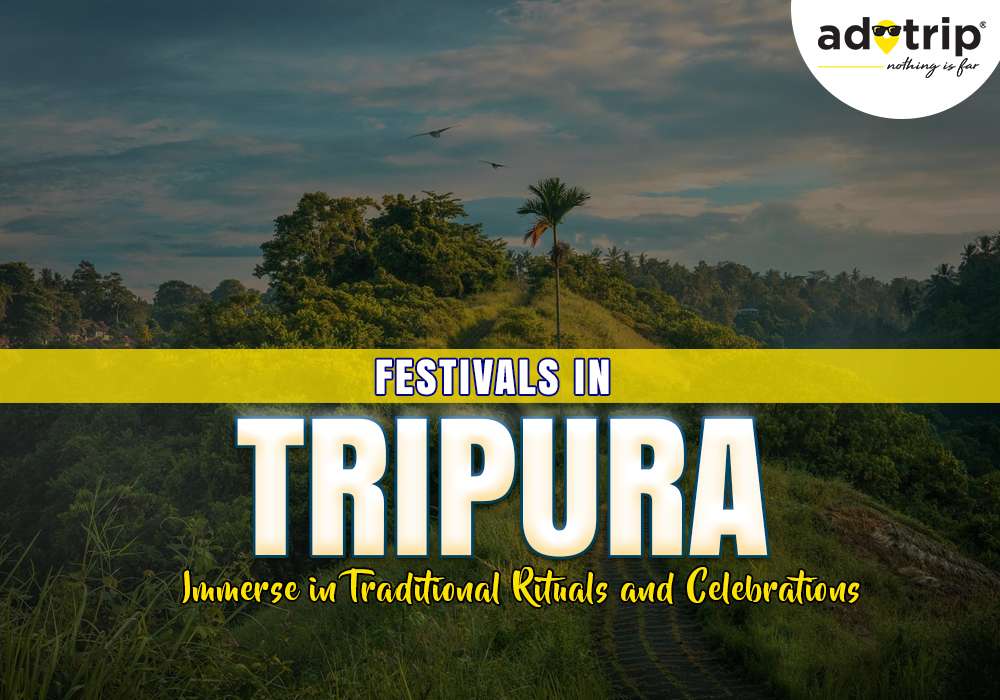
5 Famous Festivals Of Tripura You Must Experience In 2024

15 Famous Food Of Tripura You Must Try In 2024
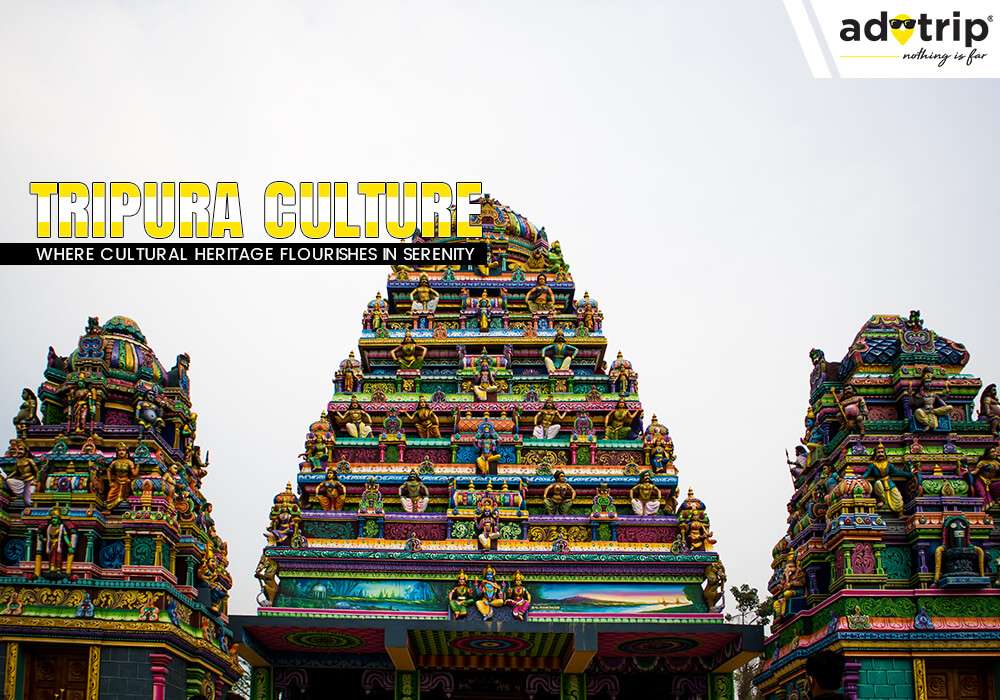
Traditions and Culture Of Tripura

9 Famous Places To Visit In Agartala in 2024
.jpg)
Top 10 Water Parks In Tripura | To Beat The Summer Heat
Nearby Stays

Ginger Hotel
Khejur Bagan, Airport Road, Opposite Industrial Of...
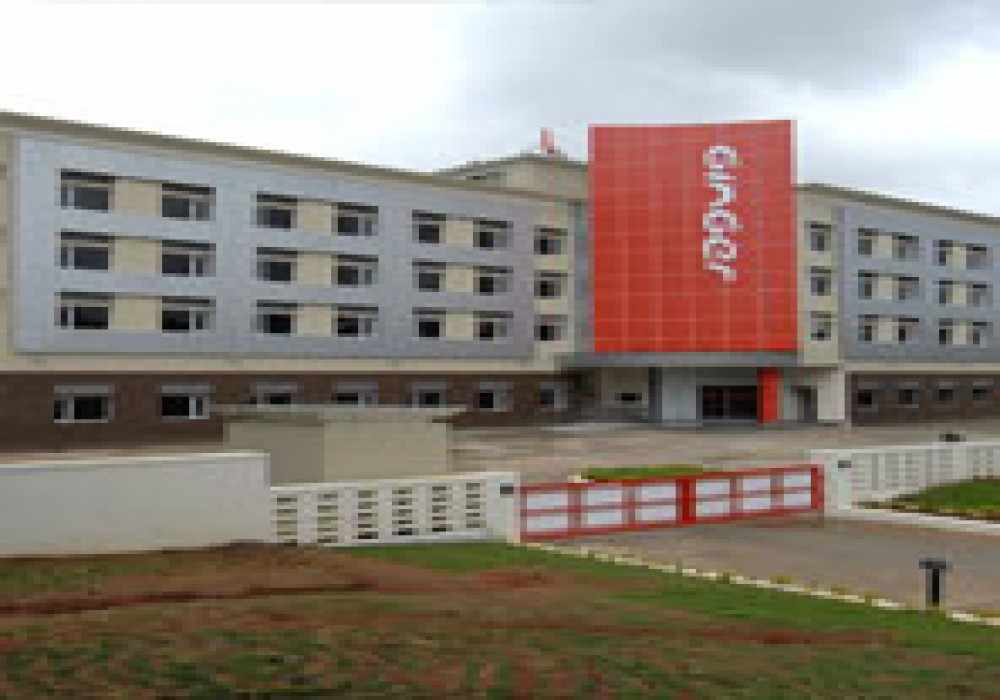
Ginger Hotel Agartala

Hotel Mars
VIP Rd, Radha Nagar, Agartala, Tripura 799005
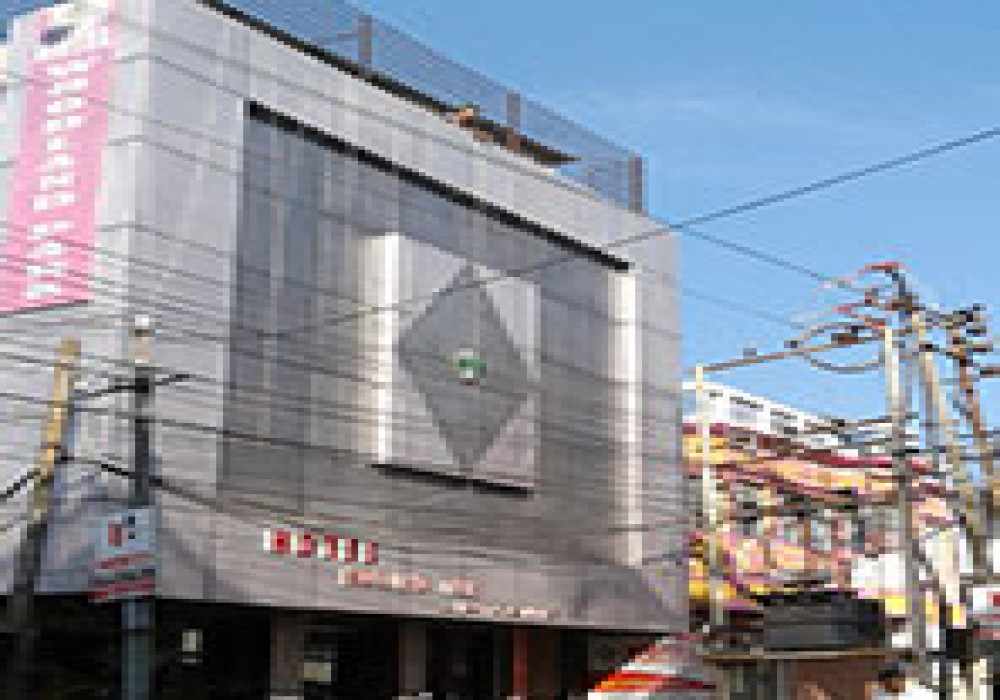
Hotel Woodland Park
Math Chowmuhani, Jail Road, Agartala, Tripura 7990...
